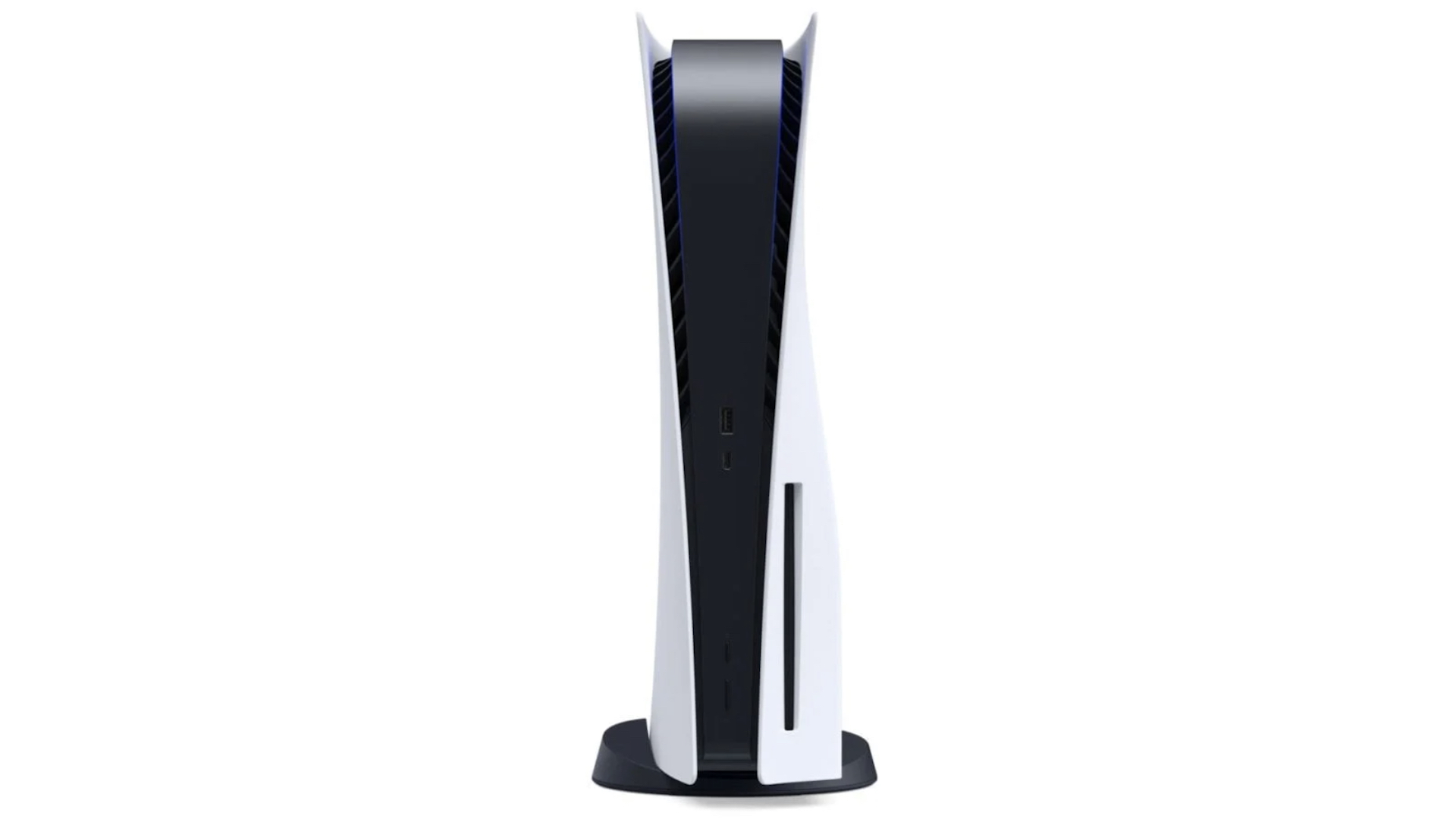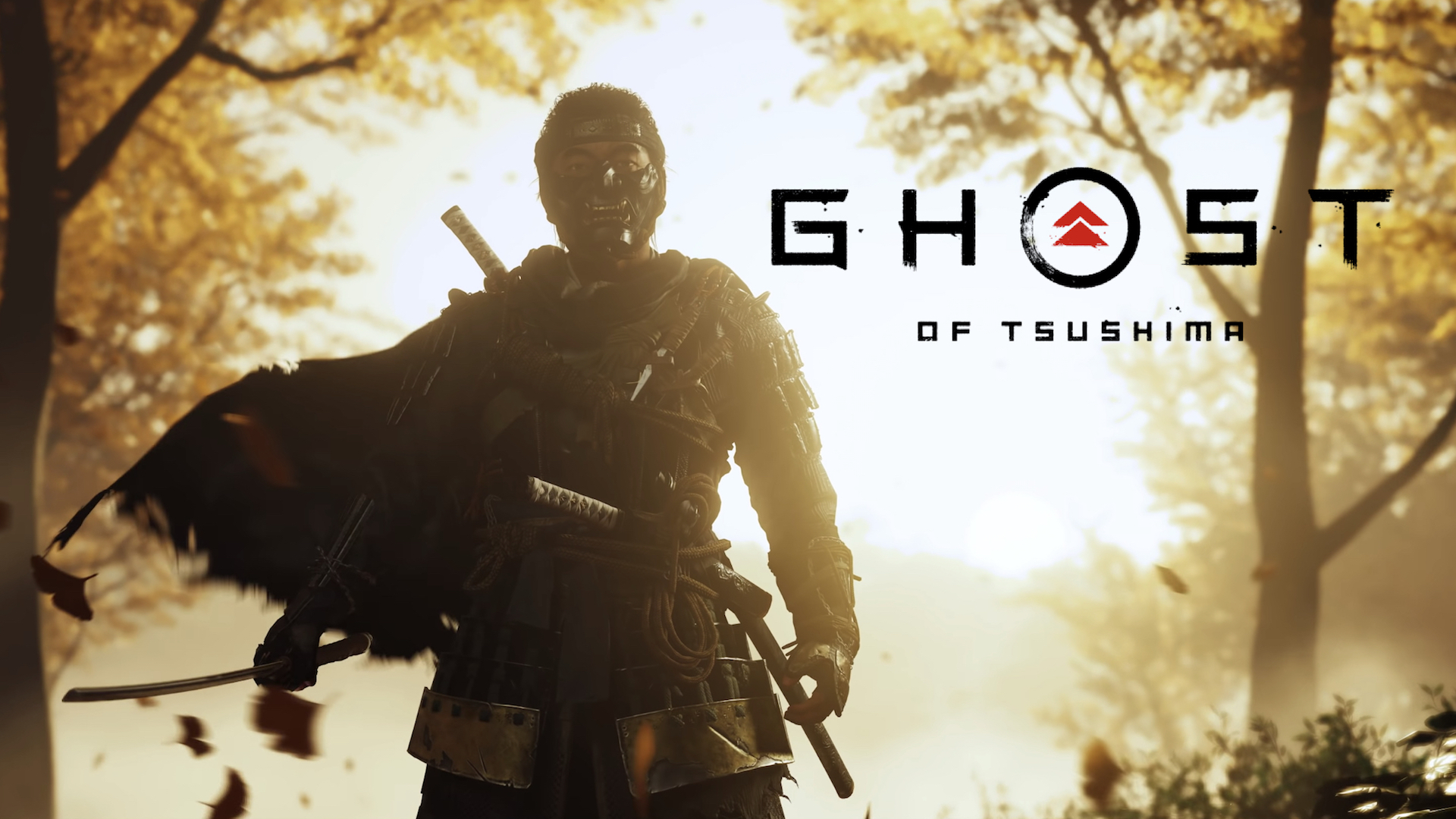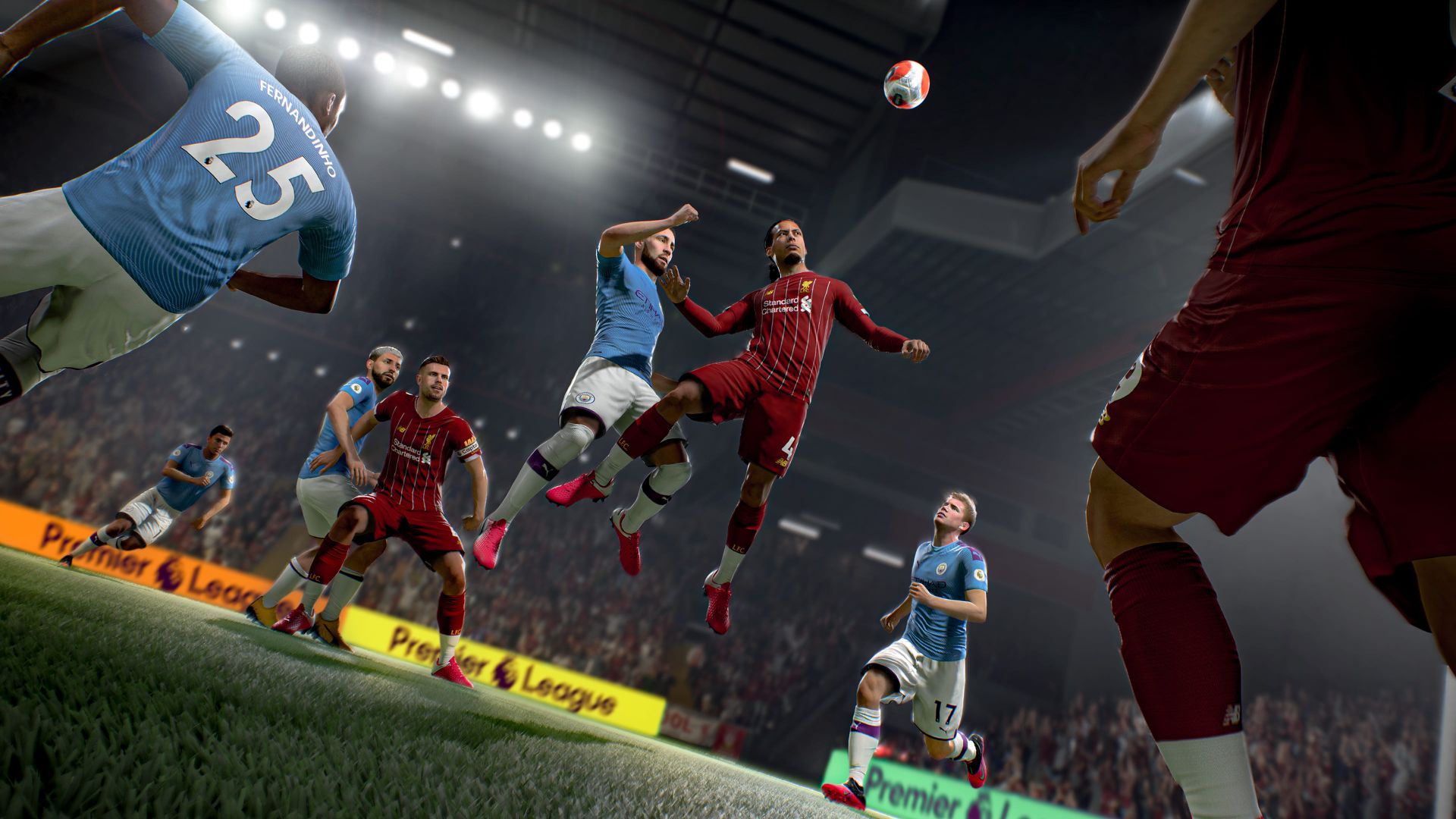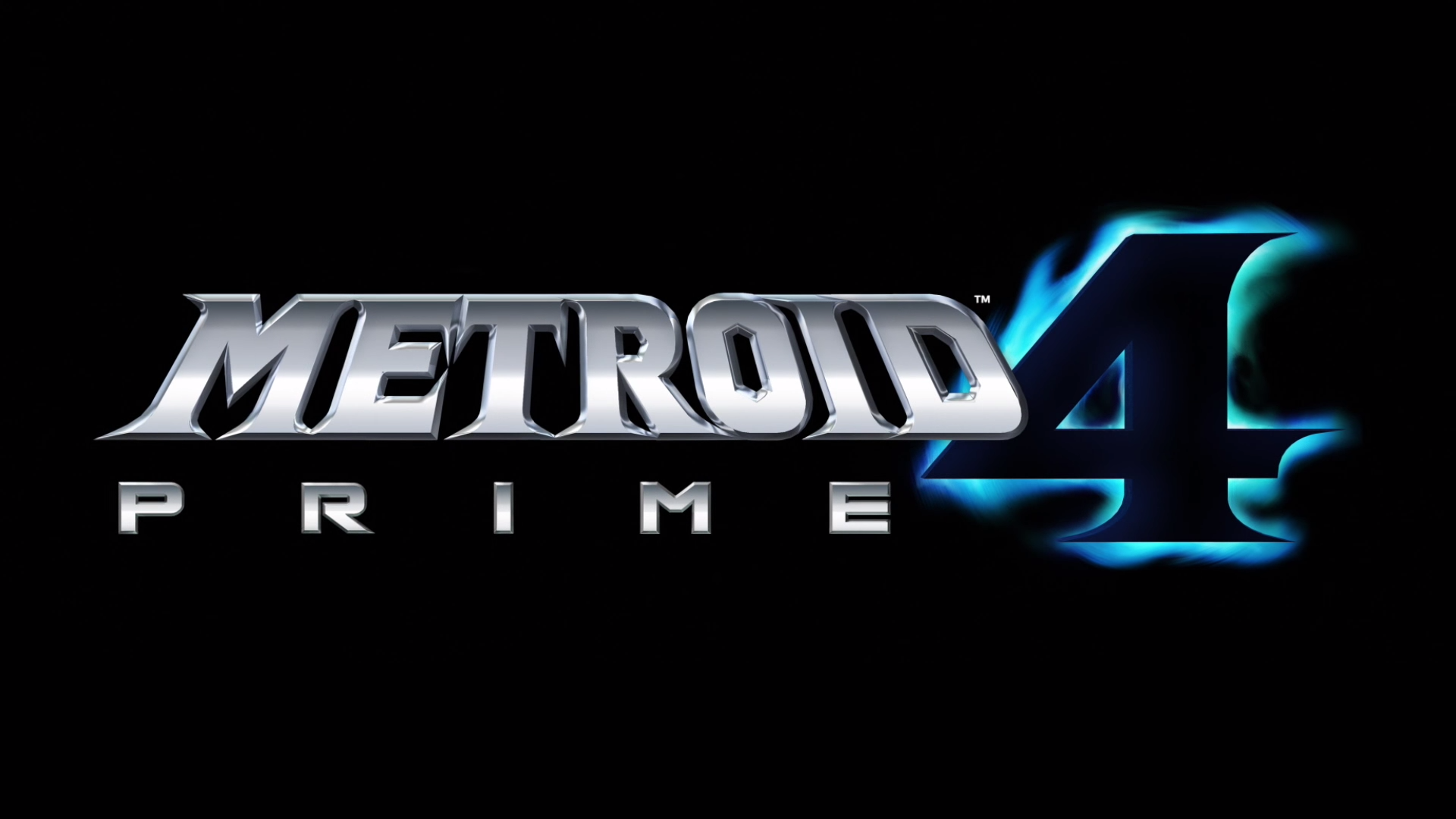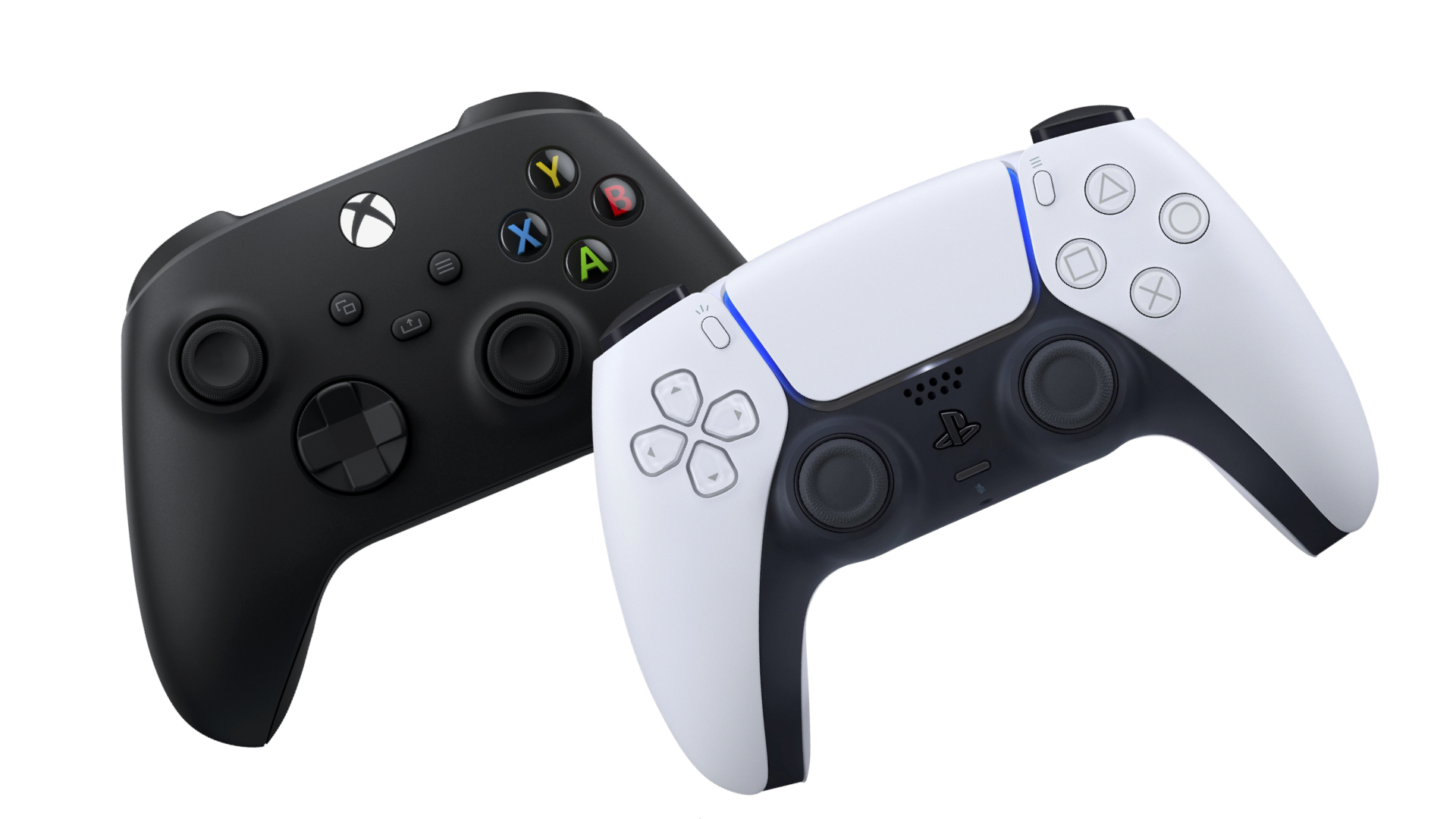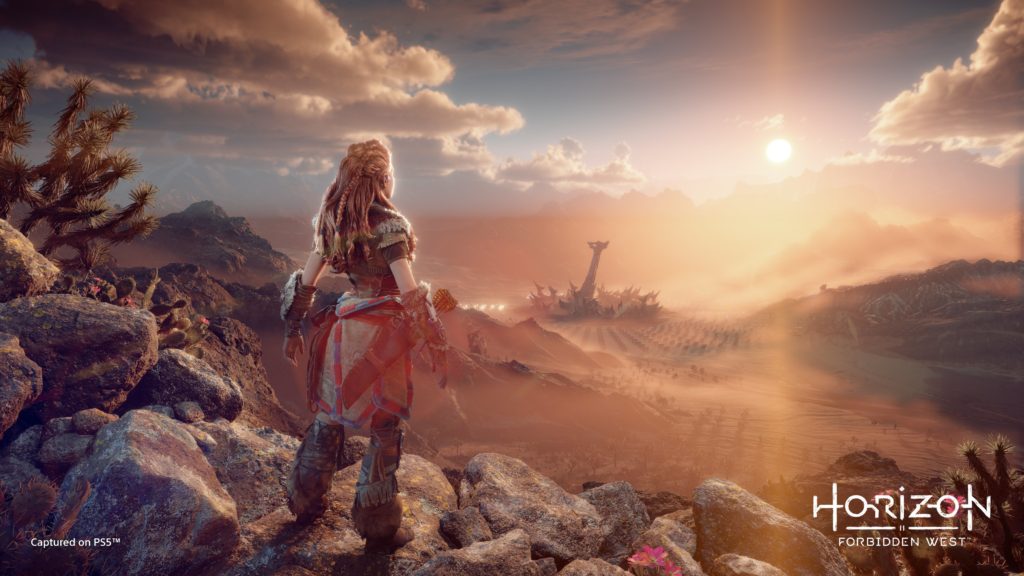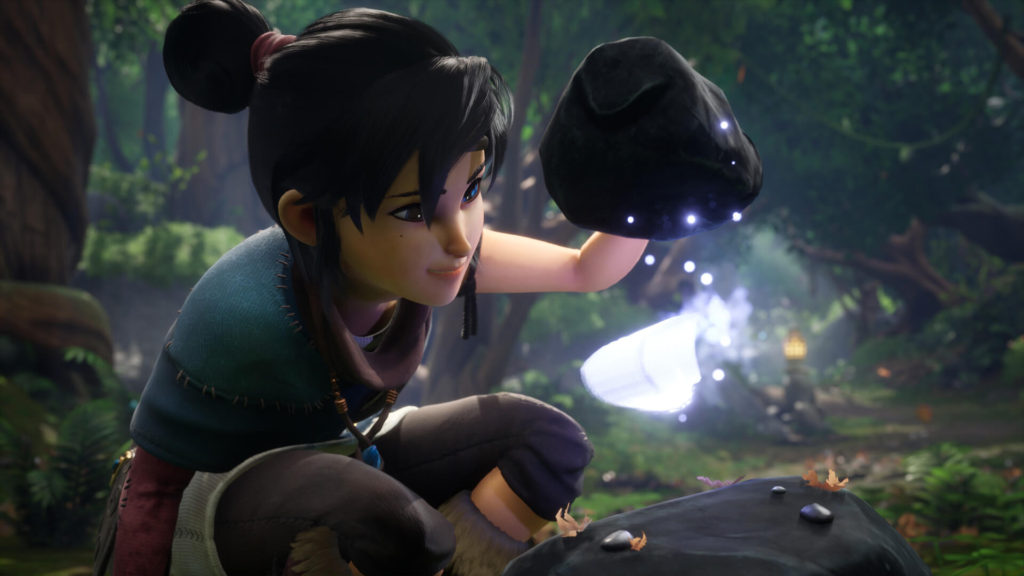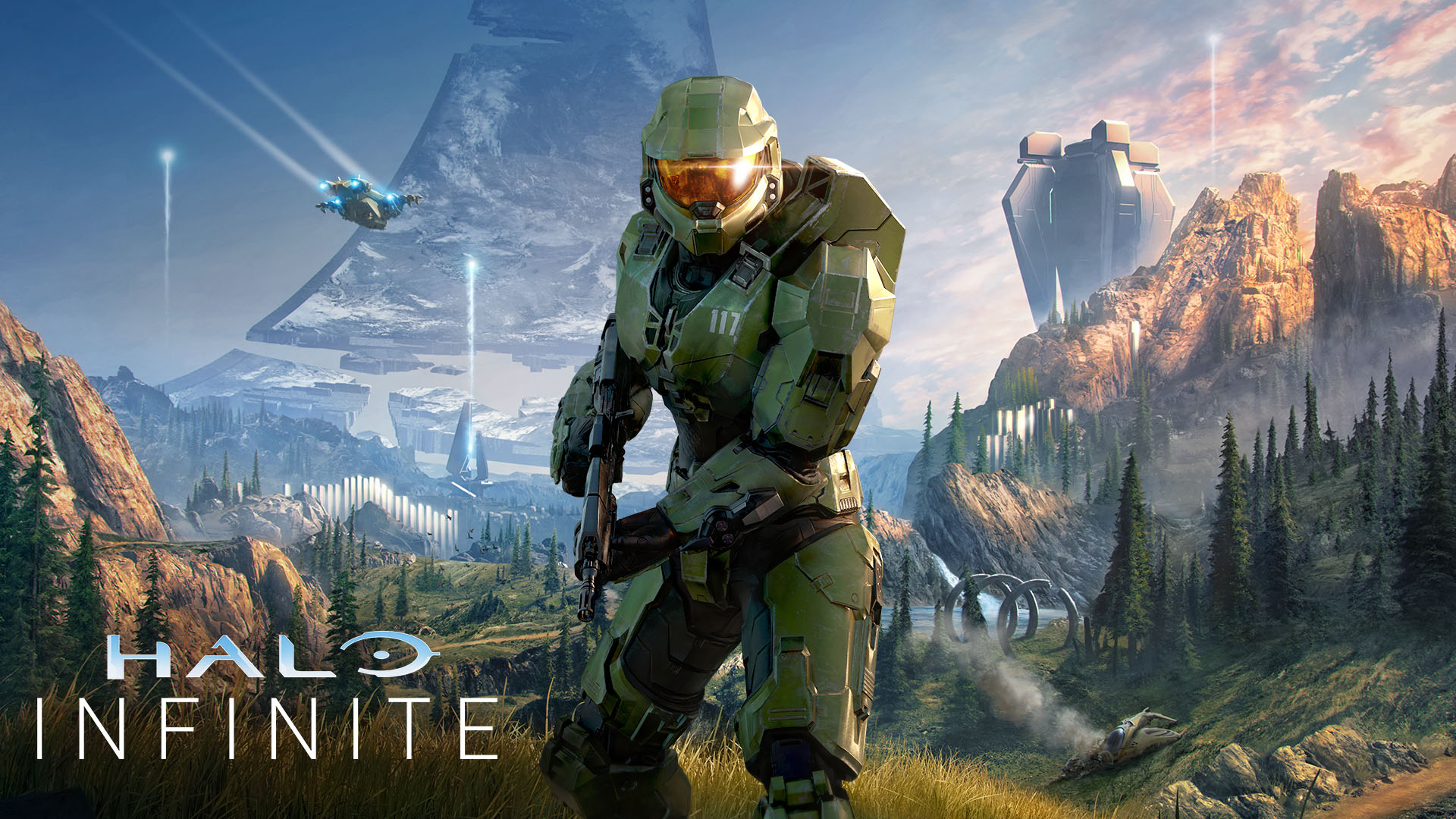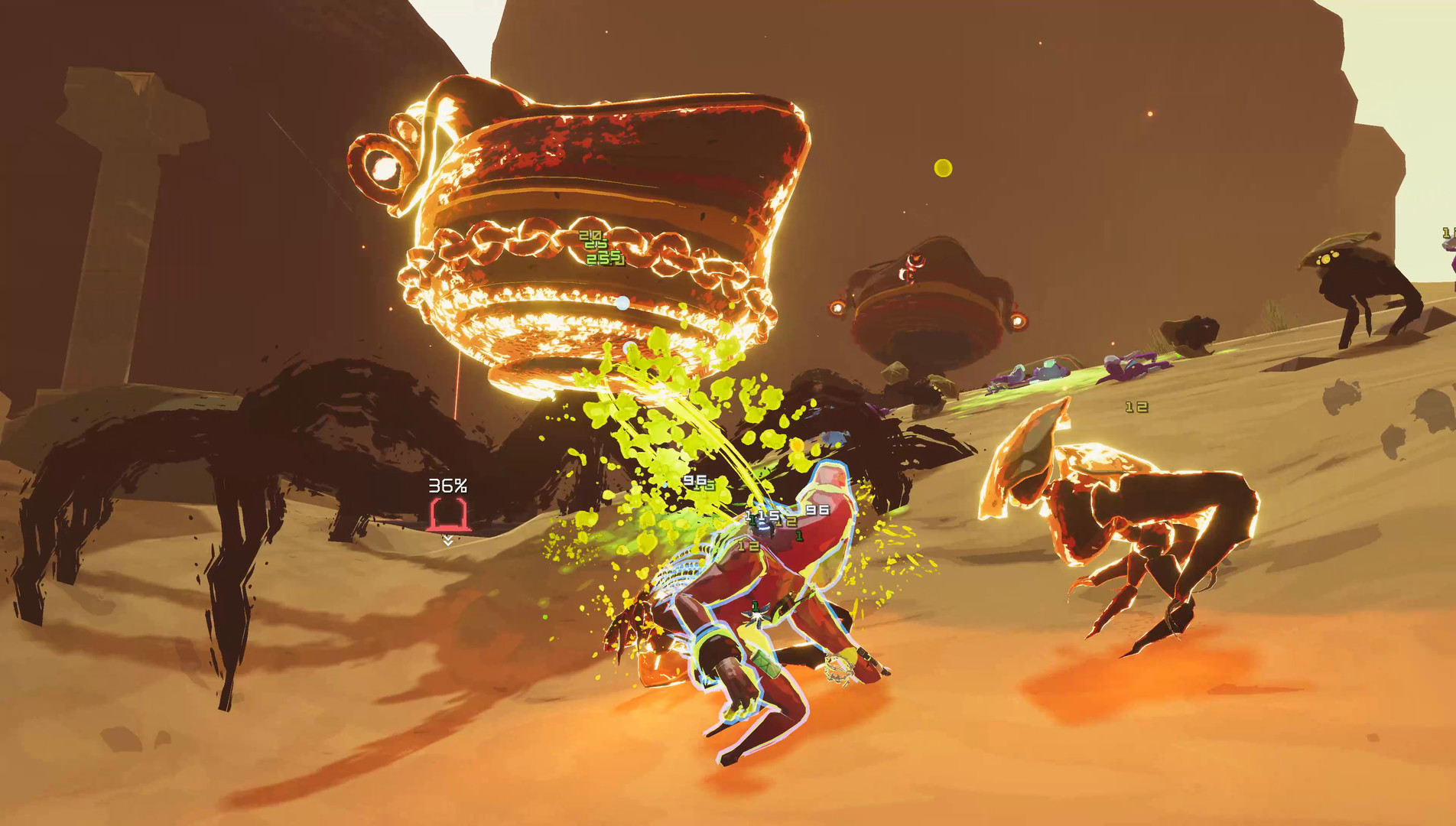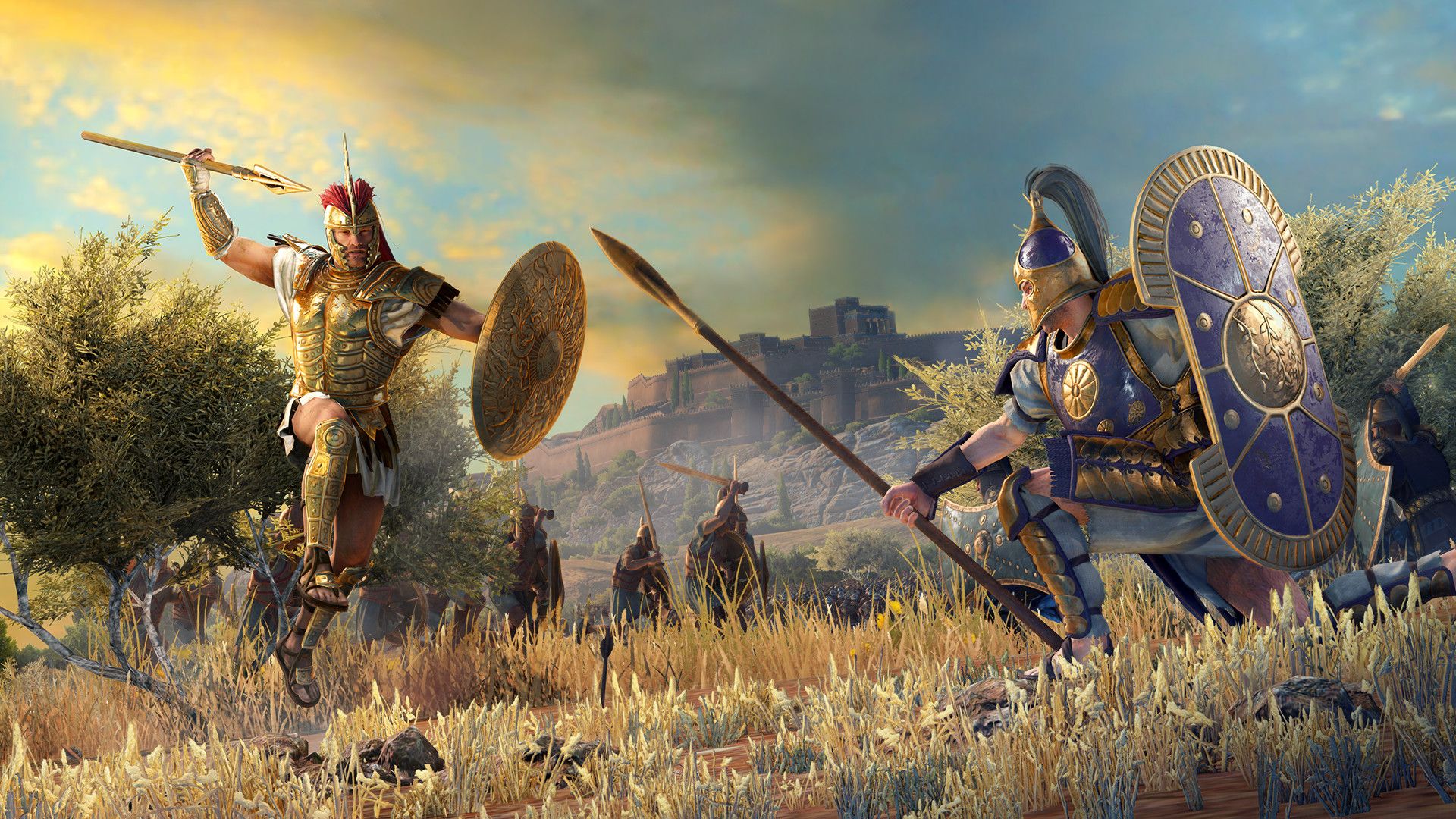PS5 Box Arts Emerge for Assassin's Cred Valhalla, Watch Dogs: Legion, and Far Cry 6
Sony released the official box art of the PS5 launch title Marvel's Spider-Man: Miles Morales not too long ago to give us a clear idea of what we can expect boxes of physical releases on the PS5 not too long ago. It's certainly a unique and clean look, and sets itself apart from the PS4 quite distinctly. Now, we have PS5 box arts of three more games to look at.
Amazon have put up PS5 listings for several upcoming games, and three of these are for Ubisoft's trio of major releases- Assassin's Creed Valhalla, Watch Dogs: Legion, and Far Cry 6. Their box arts aren't new, of course – we've seen all of these before by now – but this is the first time we're seeing PS5 variations of these (at least in an official capacity). Take a look below.
Interestingly enough, Amazon is also selling the PS4 versions of each of these three for $10 cheaper than their PS5 counterparts (which are being sold at $60), though they all have the same MSRP. If you're looking to get PS5 versions of these games on the cheap then, this is a good way to do so, since all of them do offer free next-gen upgrades.
Watch Dogs: Legion is out on October 29, Assassin's Creed Valhalla releases less than a month later on November 17, while Far Cry 6 launches a few months after that on February 18. All three of them will be coming to PS5, Xbox Series X, PS4, Xbox One, PC, and Stadia.

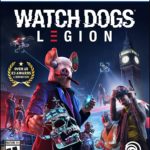

Ghost of Tsushima Has Become PS4's Highest-Selling First Party Game in Japan to Date
Ghost of Tsushima has been selling incredibly well around the world since its launch less than a month ago, but in some regions, it's been enjoying particularly impressive sales. In Japan, for instance, the game has been seeing consistently solid sales every week, with Sony even saying at launch that it was selling better than they had expected, and recently, the open world samurai epic crossed a significant milestone.
As per the latest weekly physical sales data in Japan provided by Famitsu (via Benji-Sales on Twitter), Ghost of Tsushima has sold over 330,000 physical copies in Japan in just over three weeks. That's a significant number because it means it has now become the highest selling first party PS4 exclusive in Japan to date, surpassing the record previously held by Marvel's Spider-Man, which released in 2018.
Ghost of Tsushima has seen excellent sales on a global level. Within just three days of release, it had sold 2.4 million copies. Recently, we found out that in the US, it enjoyed the fourth-biggest launch month for a Sony game to date.
Ghost of Tsushima is available on PS4. You can read our review through here.
Ghost of Tsushima is now the highest selling first party PlayStation 4 exclusive in Japan via Famitsu
It only took a little over 3 weeks
It reached 330k+ physical sales in Japan surpassing the previous record holder Spider-Man from Insomniac. Congrats to @SuckerPunchProd pic.twitter.com/sw0ucaShZU
— Benji-Sales (@BenjiSales) August 13, 2020
FIFA 21 File Size is Just Over 50 GB
Due to the COVID-19 pandemic, schedules of sporting seasons around the world have seen some setbacks and delays (like everything else in the world, really), which, in turn, has affected the annual release cycle of video games based on those sports as well. FIFA 21, for instance, is arriving a little later than it ordinarily would- but it is still coming.
Now, we also know how large it's going to be. Thanks to its updated listing on the Microsoft Store, we know that on the Xbox One, FIFA 21's file size will be 50.01 GB, which is roughly the same size as FIFA 20, which weighs in at just under 50 GB right now. We can probably expect the PS4 file size of the game to be the same (or similar, at any rate).
FIFA 21 has been getting some interesting new details on late. EA Sports recently released a new gameplay trailer detailing the new mechanics introduced being in this year's game, which was followed by another trailer focusing on the career mode. You can also read about the biggest changes being made in the mode in greater detail through here.
FIFA 21 is out for the PS4, Xbox One, PC, and Nintendo Switch on October 9. PS5, Xbox Series X, and Stadia versions will be coming at a later date.
Metroid Prime 4 Developer is Looking for a New Lead Producer
It's now been over a year and a half since Retro Studios took over development of Metroid Prime 4 and rebooted the whole project, and though it's likely going to be a while before we see the game in action (much less play it ourselves), we can at least take solace in the fact that Retro are hard at work on it.
The studio has been staffing up for the upcoming Switch exclusive for a while, hiring veteran developers from across the industry – from DICE and Visceral to 343 Industries – and they're continuing to staff up for the game. They recently took to Twitter, saying that they're looking to add a new Lead Producer to their team for the development of Metroid Prime 4. "Join us on our journey," the developer wrote.
Meanwhile, if you head on over to their careers page, you'll see that Lead Producer isn't the only position they're looking to fill. The Austin-based studio also has openings in positions such as Senior Level Designer, Lead Graphics Engineer, Lead Animator, Boss / AI Designer, Concept Artist, and more.
Metroid Prime 4 is in development for the Nintendo Switch. It currently has no release date.
We are looking for a 𝗟𝗲𝗮𝗱 𝗣𝗿𝗼𝗱𝘂𝗰𝗲𝗿 to join us on our journey to develop Metroid Prime 4! #GameJobs #GameDev #GameDevJobshttps://t.co/NWVPLGel3E pic.twitter.com/4hpOgw0Byg
— Retro Studios (@RetroStudios) August 14, 2020
PS5 and Xbox Series X Might Both be Out on or Before November 17 – Rumour
Fortnite has been making waves in the industry with its recent removal from the iOS and Android stores, and Epic's legal war on Apple and Google following that, but it seems it may have now spilled the beans on when we can exactly expect the upcoming duo of next-gen consoles to land.
Fortnite will be receiving a Batman (or Joker, to be more specific) themed bundle soon, called The Last Laugh Bundle, which will include various in-game cosmetics. It will be receiving both digital and physical purchases, and in a post talking about its upcoming release, Epic have seemingly narrowed down the time frame for when we can expect the PS5 and Xbox Series X.
The post mentions that it will be out on November 17 for the PS4, Xbox One, Nintendo Switch, and PC. But then, interestingly enough, it goes on to specifically say that it will "also arrive in time for the release of the PlayStation 5 and Xbox Series X next-generation consoles"- which means that both consoles will be available either on or before that date.
Neither Sony nor Microsoft have specifically mentioned the release dates of their consoles. Microsoft, however, have said that theirs will arrive in November (Sony have still only officially given the "Holiday 2020" timeframe), while a recent controller leak suggested that the Xbox Series X will be releasing on November 6.
Information on both is supposedly coming soon, with leaks suggesting that PS5 news will be coming this month, and Xbox Series X info some time in September, so hopefully we'll get concrete word on their release dates sooner rather than later.
How Could Potential RDNA 3-Specific Features Impact The PS5?
The PlayStation 5 is just months away at this point. We've already seen a good chunk of actual gameplay in PlayStation 5 titles, demonstrating technical effects and image quality that go well beyond what's possible with the current generation of consoles.
However, key questions remain about the staying power of the new consoles. Keep in mind that the PlayStation 5 and the Xbox Series X both need to stay relevant for console gamers and the gaming industry on the whole for at least the next 5-7 years. Is the hardware in the PlayStation 5 really up to delivering the kind of gaming experiencing we expect from the year 2027 (literally the point of time when Deus Ex: Human Revolution takes place)?
One possibility is to look beyond the teraflop numbers and focus on how each console leverages unique technology and software features. A recent report indicates that the PlayStation 5 will leverage a subset of RDNA 3 features, functionality AMD is building into the GPUs it'll bring to market after Big Navi, and likely not available to the PC market until at least 2022.
If this is true, what does this mean for PlayStation gamers? And why does it matter?
It implies complete support for the RDNA2 feature set
The big takeaway here, really, is that the PlayStation 5 will likely offer a feature-complete implementation of RDNA2 with key special optimisations and features like variable rate shading. This might sound a bit like "temper your expectations," but let's keep in mind that RDNA2 parts haven't actually been released yet, either.
Variable rate shading on the PlayStation 5, a core RDNA2 function, will likely help to retain great image quality and performance at 4K and higher resolutions. Earlier reports indicated that certain developers like Capcom had trouble getting ninth-generation exclusive games like Resident Evil: Village working on the PlayStation 5 at 4K. As of now, it's not entirely clear whether this is due to early-stage optimisation issues or because of the limits of the PlayStation's 5's hardware configuration and the fact that, at the end of the day, 4K remains a stratospherically high resolution target.
Once we progress past the "cross-gen" period where support for the Xbox One and PlayStation 4 is mandatory, we'll increasingly see games that hit the PlayStation 5's GPU hard, especially at 4K. In these cases, variable rate shading will come in handy to offer a degree of GPU overhead without noticeably impacting performance. How does VRS work?
Variable rate shading essentially takes advantage of the fact that perceived resolution varies across a person's field of view. Pin-sharp 4K only really matters in a relatively narrow cone of view immediately in front of the eyes. Further out to the left and right, perceptual resolution is as low as one half or even one fourth of the nominal level. By dynamically adjusting the shading rate in specific parts of the onscreen image, developers free up a substantial amount of GPU resources without affecting perceived image quality.
It could mean support for AI-based frame reconstruction technology
Sony recently made waves when patents were uncovered for PlayStation frame reconstruction technology that offered similar functionality to NVIDIA's DLSS. Support for RDNA 3 features raises the prospect that the PlayStation 5 could support some form of AI-based frame up scaling and reconstruction.
Since the PlayStation 5's GPU doesn't have dedicated tensor cores for machine learning workloads, frame reconstruction would have to be done in software, with a slightly higher performance hit. Regardless, this can still mean tangible improvements to performance. Remedy's Control was recently updated with what was described as "DLSS 1.9," essentially a software implementation of NVIDIA's general purpose DLSS 2.0. While the performance hit of "DLSS 1.9" was somewhat higher than Control's earlier DLSS 1.0 implementation, image quality and overall performance improvements are undeniable.
The PlayStation 5 could potentially leverage forward-facing RDNA functionality to deliver great frame reconstruction and upscaling results without the need for tensor cores. As games become more graphically intensive, this'll be a key approach in maintaining performance at 4K. Moreover, if developers actually plan to deliver games that run at 8K, some kind of frame construction or upscaling is critical.
Enhanced performance thanks to the custom geometry engine
Reports indicate that the PlayStation 5 features a custom geometry engine that delivers better mesh shading and VRS performance than RDNA2 as seen in the Xbox Series X and in upcoming PC products. It isn't clear as yet whether or not the PlayStation 5's geometry engine adopts RDNA3 features or if this is a fully custom design. Regardless, this has long-term implementations for the staying power of the PlayStation 3.
High fidelity models are a key aspect of the ninth-generation visual set. This is something we saw in demos like Lumen in the Land of Nanite, as well as in actual gameplay snippets. The PlayStation 5's next generation mesh shading capabilities should allow it to handle a higher geometry throughput. This would mean more polygons on-scene at a time, less pop-in, and higher quality character and object models. Because of diminishing returns, it takes an exponentially higher polycount to create models that look objectively more realistic than current-gen models. More efficient mesh shading could give the PlayStation 5 performance headroom to make this a reality.
Possible ray-tracing optimisations
While AMD has stated that RDNA 2 parts will support hardware-accelerated ray tracing, it's still not clear as to exactly what form hardware acceleration will take. Will Big Navi and other RDNA2 parts feature bespoke RT cores in the same way as NVIDIA's Turing hardware? Or will RDNA2 cards run ray-tracing workloads on the shaders with bespoke optimisations for performance? We're leaning toward the second option. Why does this matter for the PlayStation 5?
A lot has been made about the PlayStation 5's ray-tracing capabilities. A number of PlayStation 5 gameplay reveals, including Gran Turismo, showcased spectacular ray tracing implementations, beyond what we've seen in the PC space.
The push for ray-tracing on PlayStation 5 hardware is puzzling because we're still unclear about the extent of AMD's ray-tracing support on RDNA2. RDNA 3 "special sauce" could be one possible answer. Regardless of the exact form that hardware ray-tracing support is deployed on the PlayStation 5, it's possible that AMD might bake in RDNA 3 -based ray-tracing optimisations to deliver superior ray-tracing performance on the Sony console. This forward-facing approach might be critical to ensuring adequate ray-tracing performance in the long term, with Big Navi and Ampere cards like the GeForce RTX 3080 Ti expected to make major inroads in terms of PC ray-tracing performance.
Conclusion
At this point, it's still very early to determine the exact impact of possible RDNA3 features on the PlayStation 5's performance. What we do know is that Sony's delivering a capable 4K console with support for hardware accelerated ray-tracing and emerging technologies like variable-rate shading. Whether or not RDNA 3 "secret sauce" is deployed, we expect PlayStation 5 owners to see a night-and-day difference in fidelity over the PlayStation 4.
The delay of Halo Infinite, which 343 Industries announced earlier this month, was a pretty momentous development. Not only was it the culmination of what, by all accounts, has been a turbulent development cycle (with that being self-evident during the game's less than stellar showing at the Xbox Games Showcase), but it actually has some significant implications for the Xbox Series X launch, still scheduled for November this year, as well.
But that's not really what I want to talk about here, because we've covered it elsewhere – and I do encourage you to go read that if you want to see what we think about that. But the thing with a game as significant as Halo Infinite is that whatever repercussions and consequences it has will be far-reaching. So not only does this delay have implications for the future of the game itself, the Halo series, and the Xbox Series X launch, but it also reveals something extremely interesting about Microsoft and Xbox Game Studios – an interesting facet that should prove to be a major factor as the upcoming next generation progresses.
You see, the long and short of it is that delaying Halo Infinite, but not the Xbox Series X, may have doomed the Series X to a poor launch. This, I hope, is not a controversial statement. The Xbox Series X is currently due to launch without any flagship launch game (the closest would be The Medium, I guess), to the extent that the key PR point in the press release confirming Microsoft's intent to stick with a November launch wasn't about the Series X launch lineup at all – it was that the console can play "thousands of games via backward compatibility."
No key launch title, mixed with a likely high price, and some perplexing messaging so far, means that the Series X may get off to a slow start, a slow start that could easily have been avoided had Halo hit the date. But Microsoft chose to delay it anyway – and that, I think, is the most encouraging sign we have had from them in a very long time.
One of my key criticisms about Microsoft has always been their lack of commitment to games as a medium, which has reflected in the quality of their titles too. Microsoft has so often almost felt like it treats games as a business first, and a creative endeavor second. And while every company is obviously in the business to make money, the issue with Microsoft has often been that it has compromised the games for the sake of the business. Whether it be releasing games well before they were ready (such as Halo: The Master Chief Collection or Halo 5: Guardians), forcing in specific things into each game that they may not be suited for, because of company-wide business mandates, such as the Kinect being their key focus for a few years, the inclusion of the TV stuff in Quantum Break, the attempt to try to shift a singleplayer RPG franchise like Fable towards a live service game, the inclusion of microtransactions in Halo 5, and so on. Obviously, this has impacted the quality of their games – how could it not, when you are forced to release a game that is a compromised form of your creative vision for it due to business considerations?
Business considerations would dictate that Halo Infinite meet the Xbox Series X launch. I've already explained why – because without Halo, it's very likely that the Series X will have a rough few months. A Microsoft still primarily concerned with its bottom line would have ensured Infinite launches this Holiday by hook or by crook – whether this meant releasing it in a half-baked state (which, going by the reports of the game not having raytracing at launch, or even Xbox head Phil Spencer's own recent admission, was something that was considered) or enforcing severe crunch to hit the deadline no matter what.
But Microsoft chose to delay Infinite, which is the single worst decision they could have made from a business perspective – but also the best possible decision they could have made if their intent was to ensure Halo Infinite comes out the best possible game it can be. And I think that's notable, because this may – may – indicate a shift in the broader mindset at Xbox now.
One of the reasons Nintendo and Sony's first parties have thrived like they have is because of the almost complete creative freedom those developers get. While they are obviously making commercial products, the developers at least get to work on creative endeavors that they are passionate about without being hamstrung by company-wide mandates. It's that respect for the creative freedom of their top talent that has made Nintendo (and now Sony) able to sell their hardware on the basis of their own software, a respect for creative freedom Microsoft has, so far, lacked. But this might be the first sign that things are changing, that Phil Spencer and co. are once again willing to actually walk the talk, and put their money where their mouth is.
Like I said, though, it may. And the reason I'm not willing to make a more declarative statement yet is that we need sustained follow-through from Microsoft. They have seemed to be on the cusp of doing the right thing so many times before, but basically dropped the ball after a bit, because they're not getting immediate results. But the thing is, you don't get immediate results from things like these, they're long term plays. You need to nurture goodwill and trust from your players over a period of years before finally they'll be willing to have faith in you. It took Sony the entire lifespan of the PS3 to get there – and they had every reason to stop much earlier on, given that so many of their attempts back then were misfires. But they persisted, and here we are now as a result.
That's what Microsoft needs to do. And it remains to be seen whether or not they will. But at the very least, we can definitely say that this Halo delay is a great move – and hopefully, just the first in a long line of similar moves emphasizing the game over the business, to come.
Note: The views expressed in this article are those of the author and do not necessarily represent the views of, and should not be attributed to, GamingBolt as an organization.
Risk of Rain 2 Review – One More Run
If you're a fan of roguelikes, chances are you've very familiar with Hopoo Games' 2D sidescrolling shooter Risk of Rain. Developed by a tiny team with large ideas, the game came out in 2013 and immediately endeared itself to roguelike lovers, and common wisdom suggested that a sequel – if one was ever made – would be bigger, better, and more of the same. Risk of Rain 2 is certainly bigger and better, but it's also quite different. As opposed to its predecessor's 2D sidescrolling trapping, Risk of Rain 2 is a fully 3D game that puts you in large, desolate environments- but at the same time, it captures the greatest, most addictive strengths of the first game.
Risk of Rain 2 had been in early access for nearly a year and a half before its recent 1.0 launch, so it being as good as it is is not a surprise to great many people anymore. Combining a steady progression, chaotic combat, enjoyable exploration, and excellent enemy design, Risk of Rain 2 delivers a power fantasy that is immediately alluring, and doesn't take long to sink its teeth into you. You might jump into it in the first time expecting to try it out for a couple of runs to see what all the fuss is about, but by the time you stop playing, you'll find yourself staring wide-eyed at your screen well into the young hours of the next morning.
"Combining a steady progression, chaotic combat, enjoyable exploration, and excellent enemy design, Risk of Rain 2 delivers a power fantasy that is immediately alluring, and doesn't take long to sink its teeth into you."
In Risk of Rain 2, you start every run as a woefully underpowered, under-equipped survivor, dropped into a desolate, alien land with no knowledge of where you are or what's going on. You can, if you want, try to decipher what's going on by poring over the game's surprisingly engaging lore, which you discover more of as you play more and more- but that's more of an ancillary bonus. What will immediately reel you in is the power progression.
Risk of Rain 2 is really all about the loot. For every enemy you kill, you get a little bit of currency, and the stronger the enemy, the more currency you get. There are very few moments of downtime where you're not blasting away at large scores of bizarre alien creatures, which means you're almost always rolling in dough. What you spend all of that cash on is, of course, loot, with many crates, kiosks, and boxes scattered across the map that give you various pieces of loot for different prices. As you fight and kill enemies, you gain more XP and level up, but the meat and potatoes of the progression is in the loot.
These items are without the shadow of a doubt the best part of the game. From the ordinary – like giving you a higher chance of getting enemies to bleed upon hits, or letting you regenerate some health with every kill – to the tactical – like giving you a temporary barrier every time you kill an enemy, or armour-piercing rounds that deal additional damage to bosses – to the bombastic – like making enemies explode when they die to deal AoE damage or firing chain lightning – to the passive – like increasing your movement speed or the speed at which your health regenerates – there's a vast, mouthwatering variety of items here.
"Risk of Rain 2 is really all about the loot."
Given how many items there are, and the fact that you get them on more or less a random basis, Risk of Rain 2 staves off repetition from creeping in, and each run feels dynamic and unique. What helps is that all items are stackable. The game doesn't get bogged down in making sure that you don't get unfairly overpowered- it knows that the lion's share of its enjoyment comes from letting you stack item upon item to build yourself up to epic proportions, and completely transforming yourself into an absolute behemoth with all of your loot.
Of course, that doesn't mean that Risk of Rain 2 is a cakewalk. It smartly ensures that all of your runs are still challenges at all times with a simple yet effective system- difficulty is always gradually increasing. Every second that passes sees the difficulty going up, which means enemies scale at a flat rate, independent of whether or not you have any good loot, or whether or not you've stacked any of it. As such, the onus of finding loot and making a strong build is on you.
At the same time, you have to find the right balance between spending time to look for better loot and getting to the end of a stage as quickly as possible. There are certainly benefits to taking your time exploring an environment, finding secrets, killing enemies, and netting cash- you can head into the next stage equipped with great loot. But at the same time, the more time you take, the more difficult the game gets, which means you always have to ensure that you're never taking too much time- but also that you're not rushing through, because rushing through will most likely mean that you don't have great loot.
"The game doesn't get bogged down in making sure that you don't get unfairly overpowered- it knows that the lion's share of its enjoyment comes from letting you stack item upon item to build yourself up to epic proportions, and completely transforming yourself into an absolute behemoth with all of your loot."
Enemy variety is another way Risk of Rain 2 challenges and surprises you. As the difficulty increases and you progress through the stages, you encounter more and more enemies, and some of the later ones are an absolute joy to fight against. Equipped with unique attacks, different and unpredictable movement patterns, and often absolute oodles of health, they serve as the perfect foil for the game's action, and contribute to its chaotic and bombasitc nature significantly.
Things can sometimes get a little dull or repetitive, especially if you play solo. Looking for teleporters in every stage can be a bit tedious at times, while in the early goings of every run, the action can be a bit bland as compared to later on when you're powered up, decked out with ridiculous loot and fighting against hordes of mighty enemies. While that can be an issue at times, thankfully, progression in Risk of Rain 2 is so fast and so varied that those issues never stick around for too long.
Environments in Risk of Rain 2 are also instantly compelling. The game obviously isn't a technical marvel, but the art style it employs helps it achieve a very distinct and striking look. That style, combined with some gorgeous vistas – that you will really appreciate if you get the chance to look at them amidst the explosive action – give every location in the game a sense of mystery and desolate beauty. There's also a decent bit of variety here, from arid deserts and fiery hellscapes to frozen wastelands and green hills. Together, the game's low-fi music, its environments, and its art design give the game a great deal of atmosphere.
"Environments in Risk of Rain 2 are also instantly compelling. The game obviously isn't a technical marvel, but the art style it employs helps it achieve a very distinct and striking look."
Risk of Rain 2 has a very acute understanding of what makes roguelikes fun. It's progression is fast and rewarding, which means you always feel like you're working toward something meaningful. Its loot is varied and impactful, which means it's actually worth investing in and seeking out. Its enemies are formidable and and attack you in droves, which means fighting against them is always a joy, especially when you fight them in numbers. Risk of Rain 2 has that crucial "one more run" quality that the best roguelikes need to have, and offers a deeply compelling and addictive experience that proves that Hopoo Games can make a good roguelike regardless of what it looks like.
This game was reviewed on PC.
A Total War Saga: Troy Claimed By 7.5 Million During Free Period On Epic Games Store
Yesterday, we got a new entry in Creative Assembly's beloved Total War series with A Total War Saga: Troy. The game is one of the saga side games from the franchise that sees you playing through the part mystical, part grounded Trojan War. It also came with the unprecedented move with Sega giving the game away free of charge for the first 24 hours after launch. And well, hopefully it was a success for all parties involved, but at the very least a lot of people claimed it.
As reported by Eurogamer, the game was claimed by 7.5 million people during its free period on the Epic Games Store (which the game was released exclusively on).
"We were optimistic but we couldn't have predicted this level of excitement," Rob Bartholomew, chief product officer said. "It's been incredible to work with Epic on giving this brand new release away for free. Now we get to welcome so many strategy players – new and old – to experience this incredible Saga. We're very happy."
We heard from the developer yesterday that the game had been downloaded over 1 million times, which was already impressive, but over 7 times as many people have the game in their account now, which is quite something.
A Total War Saga: Troy is no longer free, so you missed the boat there if you didn't get to it in time, but it is still available on PC via the Epic Games Store. You can check out the requirements through here.
Assassin's Creed Valhalla's Creative Director Has Been Fired
This holiday season, we will once again get to jump into the Assassin's Creed franchise with a new game, which, of course, entails a new setting and era of history to explore. This time it's the viking era of in 9th century Britain, with your choice of a male or female viking named Eivor. But not everyone who set sail with the game will be landing ashore with it, as a major figure in the game's development has been seemingly been removed from the company.
As reported by Bloomberg, the game's Creative Director, Ashraf Ismail, has now been officially fired from Ubisoft. This comes after news just over a month ago that Ismail had stepped down from his position.
"As a result of investigations, Ashraf Ismail has been dismissed from Ubisoft and is no longer an employee," an Ubisoft spokesman said.
This move comes as multiple allegations have been leveled at Ubisoft, which have seen several other higher ups in the company being fired or resigning. Ismail was known for being in directing positions for other previous games in the series, Origins and Black Flag, and Valhalla was seen as something of a grand return for him. But it seems now he'll no longer be there at the finish line.
Assassin's Creed Valhalla will release November 17th for PlayStation 4, Xbox One, PC, and Stadia, with PS5 and Xbox Series X versions to come at an undetermined date.
